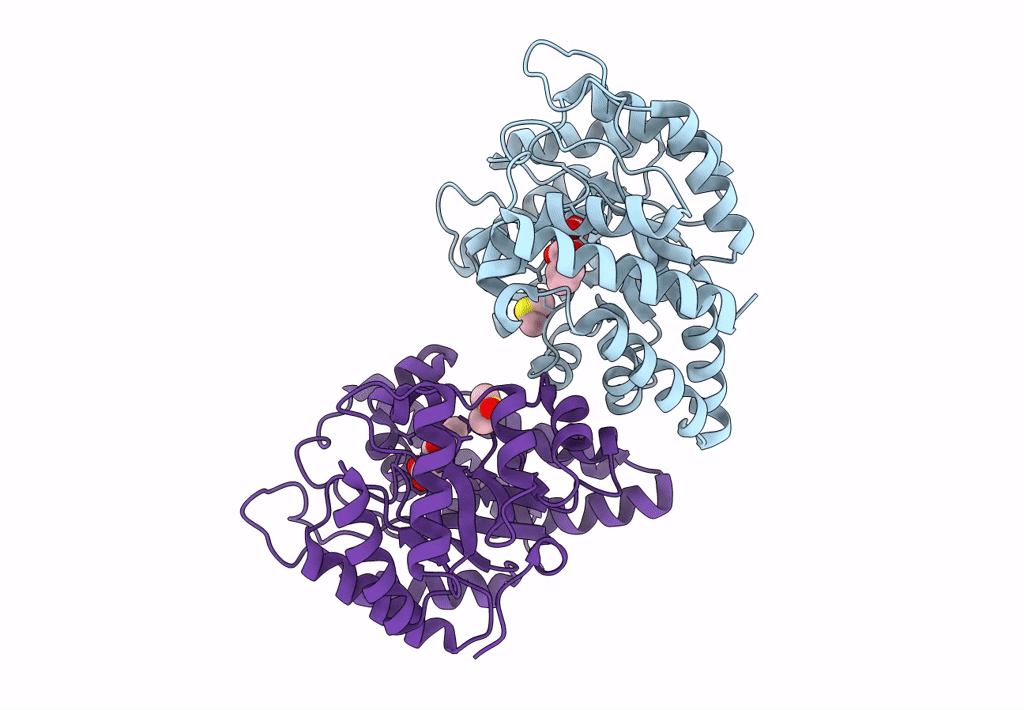
Deposition Date
2022-07-12
Release Date
2022-12-28
Last Version Date
2024-11-06
Entry Detail
PDB ID:
8DO5
Keywords:
Title:
Crystal structure of NahE in complex with intermediate (R)-4-hydroxy-4-(2-hydroxyphenyl)-2-iminobutanoate
Biological Source:
Source Organism:
uncultured bacterium (Taxon ID: 77133)
Host Organism:
Method Details:
Experimental Method:
Resolution:
2.10 Å
R-Value Free:
0.26
R-Value Work:
0.20
R-Value Observed:
0.20
Space Group:
P 32 2 1


